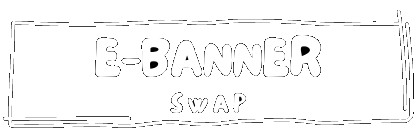The process of welding requires more than just heat between a work piece and an electrode to permanently join two metals together. Metals at very high temperatures are reactive chemically with the elements on the atmosphere, especially oxygen and nitrogen. These elements form oxides and nitrides when the molten metal comes in contact with the air. These oxides and nitrides destroy the strength properties of the weld joint. For this reason the arc welding process require some sort of protection for the weld puddle during the joining process. This protection also called shielding is in most cases achieved by the use of an external gas.
Shielding gases are considered consumables with the MIG, TIG and sometimes FCAW welding processes. The gases used for weld puddle protection can be inert, reactive or a mix of both. The factors that affect the suitability of a gas for a given process are the influence of the gas on the arcing and metal transfer characteristics during welding, weld penetration, width of fusion and surface shape, welding speed, and the tendency to undercut. Among the inert gases available, only Argon and Helium are plentiful enough for practical use in metal fabrication.

Shielding gases for GTAW (TIG)
Argon or helium or a mix of the two is commonly used in the TIG welding process. Argon provides the advantage of an easier arc starting, smoother arc action and better cleaning action for the welding of aluminum and magnesium. In the welding of thin material, argon is recommended because its lower arc voltage characteristic reduces the tendency for burn through. Helium is recommended for the welding of thicker material due to its higher arc voltage characteristics. A mixture of both is used to balance the arc characteristics. It cannot be said that one gas is better than the other; it is directly related to the welding needs.
Shielding gases for GMAW (MIG)
At a beginning, argon, helium or a mixture of these inert gases were used for GMAW. Other gases were not considered because the primary use of MIG welding was for welding reactive metals such as aluminum and magnesium which require inert gas shield. Now days the process is used for welding many metals that do not require inert gas shielding. Carbon dioxide shielding is widely used for MIG welding of carbon and low alloy steels in conjunction with deoxidized electrode. The main advantage over the inert gases is its lower cost.




